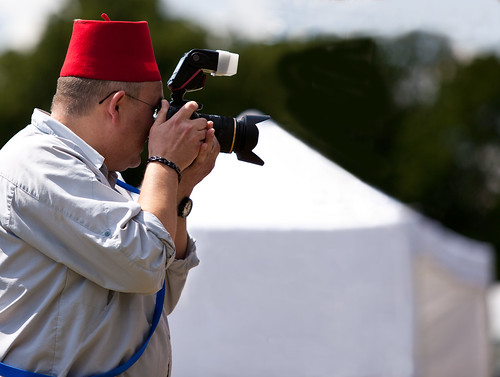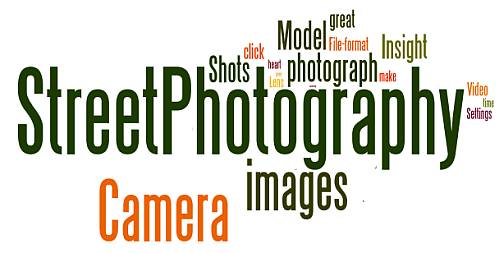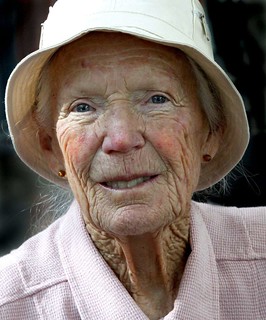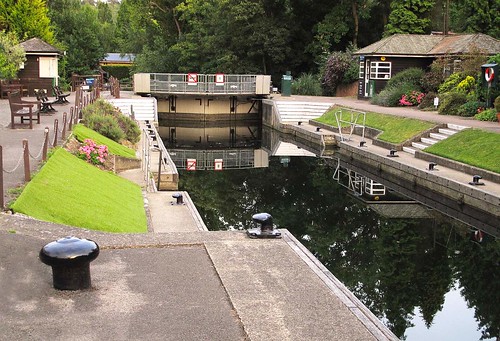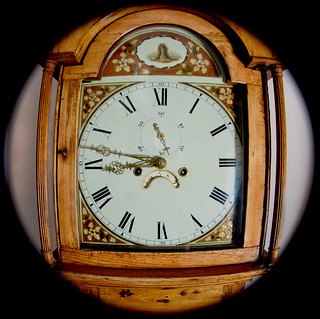
• Time is of the essence •
• Time is of the essence • By Netkonnexion on Flickr ![]()
Making time by saving time.
We would all like to spend more time with our camera. If we can save time on our shots we will have time to take more of them. It is about being photographically efficient.
1. Plan your shoot
Most photographers find out the hard way. They go to do what they think is a great location to do a shoot. When they get there they find out that all is not as they thought. Here are some common problems encountered because of lack of planning…
Do a little planning and you could save your whole day or get more shooting done.
2. Use a tripod and work sharp
The aim of great photography is to do as much as possible to create sharp images in camera. Sharpness is much sought-after among those who are trying to improve their photography. Oddly enough most improvers are too anxious to move onto the next shot. In their haste they sacrifice sharpness, or fire off a machine-gun-like series of shots in the hope that one of them will make the grade. During a day you will get hundreds of shots of not very many subjects.
OK… here is the news. After the shoot you will spend hours going over all those shots choosing the sharpest and doing the post processing. Professional photographers know that they want two things: a sharp shot and a good composition. Consequently they take a little more care and time making the shot in the field. They use a tripod and follow a procedure for checking their composition and ensuring sharpness. Check these posts out for some ideas…
An old sailors trick to improve your photography
The fifteen second landscape appraisal
Three Tips for Pin Sharp Shots with a Tripod
The Zen of sharpness – 12 easy ways to improve
Here is the trick. If you learn to do sharp shots at the outset you save time two ways. First, you will be able to efficiently arrive on the scene, set up, get the shot, move on. Secondly, you will save hours of time on your computer trying to find the right shot and then spending time cleaning it up. You will have fewer shots of more subjects.
Know how you are going to shoot your subject
Every photographer has to learn what works and what does not. You can save a lot of time on that learning curve by researching the best way to take particular shots. Online photographs are perhaps the best way to do that. When researching a new shot Google Images is a great resource. Go to Google and select images, then enter the subject you want to shoot. There will be thousands of images to choose from so you can get some great composition ideas for your subject. Look at the angles of the shots. Check the point of view. Look at backgrounds… all these give you great ideas. It is not cheating. It is doing what every artist has done for centuries – getting a great understanding of their subject and then adding their own creative touch. Not only does this save you time on the shot, it helps you develop your creativity. That’s a win:win situation.
Saving time is cool and gives you more creative time on the shots you want. Spend time on these points and you will earn the time back later hundreds of times over.
 Photokonnexion tips by email
Photokonnexion tips by emailIf you enjoyed this article please sign up for our
daily email service.
Find out more…
Photokonnexion Photographic Glossary – Definitions and articles.
Composition resources on Photokonnexion
An old sailors trick to improve your photography
The fifteen second landscape appraisal
Three Tips for Pin Sharp Shots with a Tripod
The Zen of sharpness – 12 easy ways to improve


